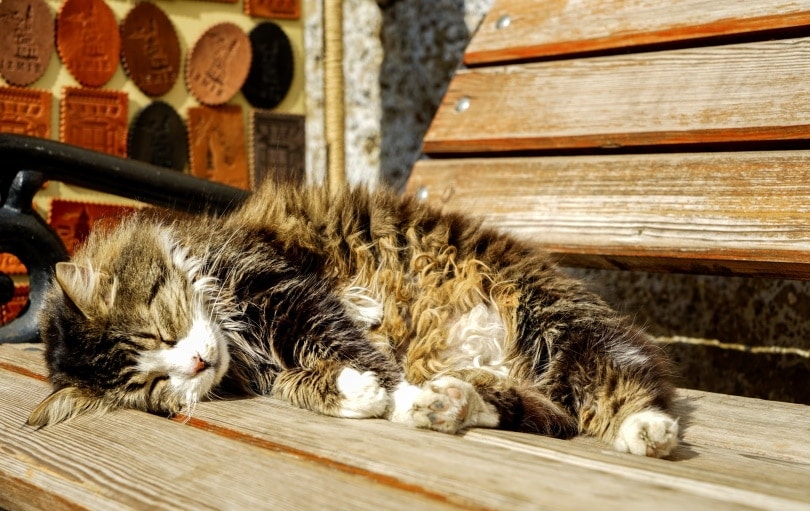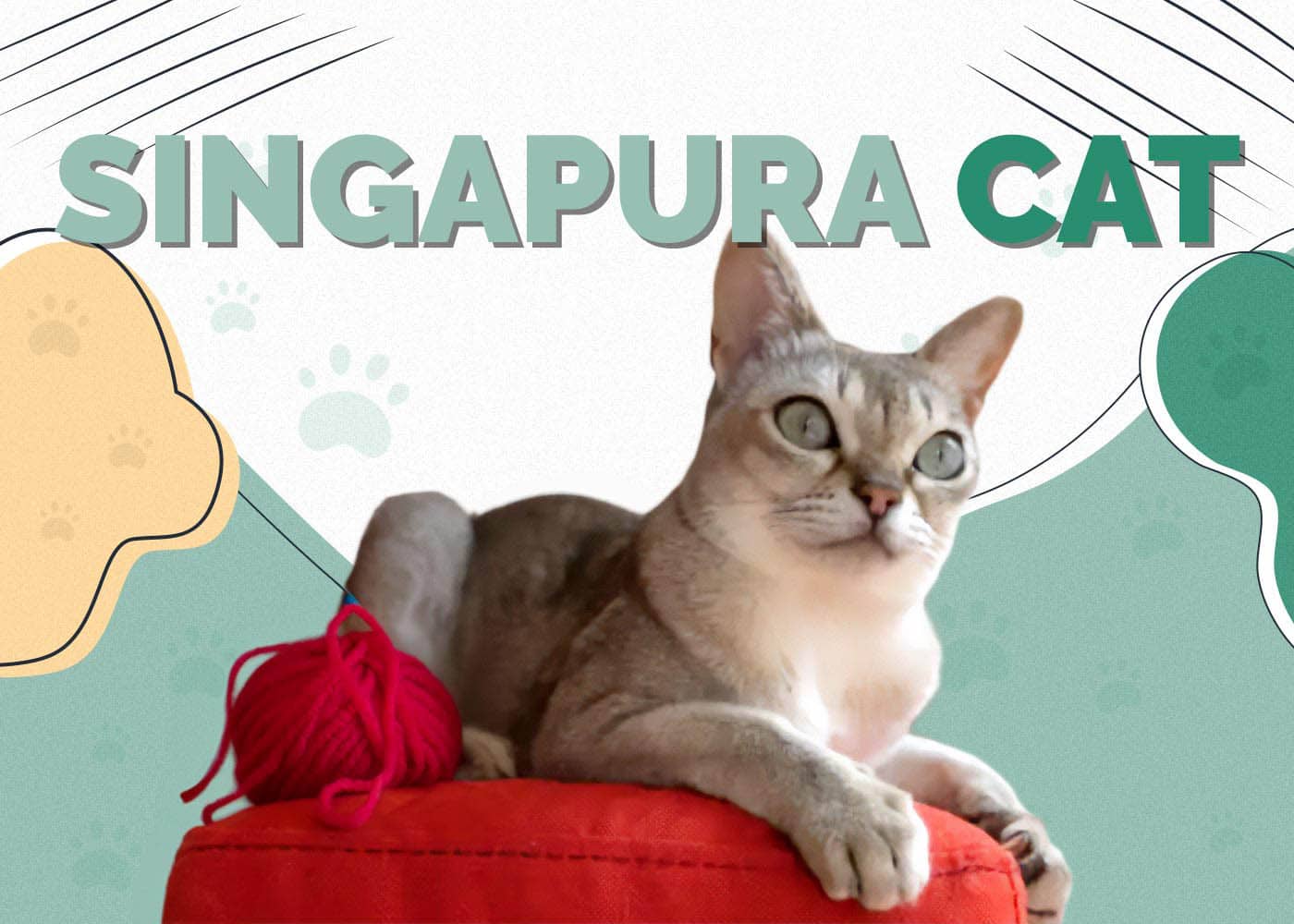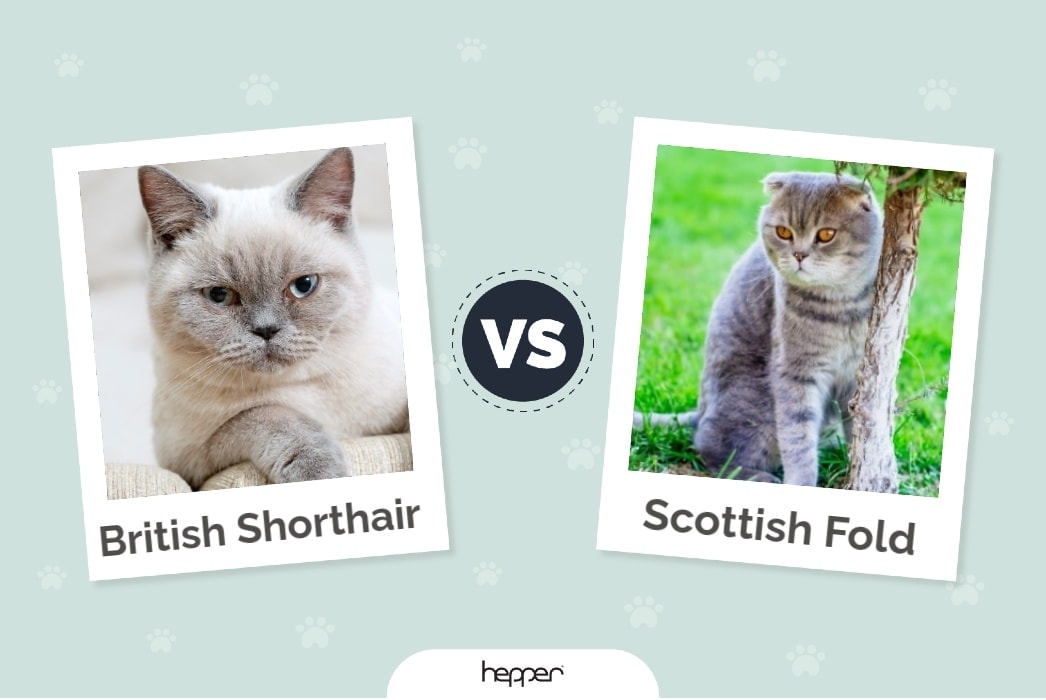Pellet Litter vs. Clumping Litter: Which Is Better for My Cat?
Updated on
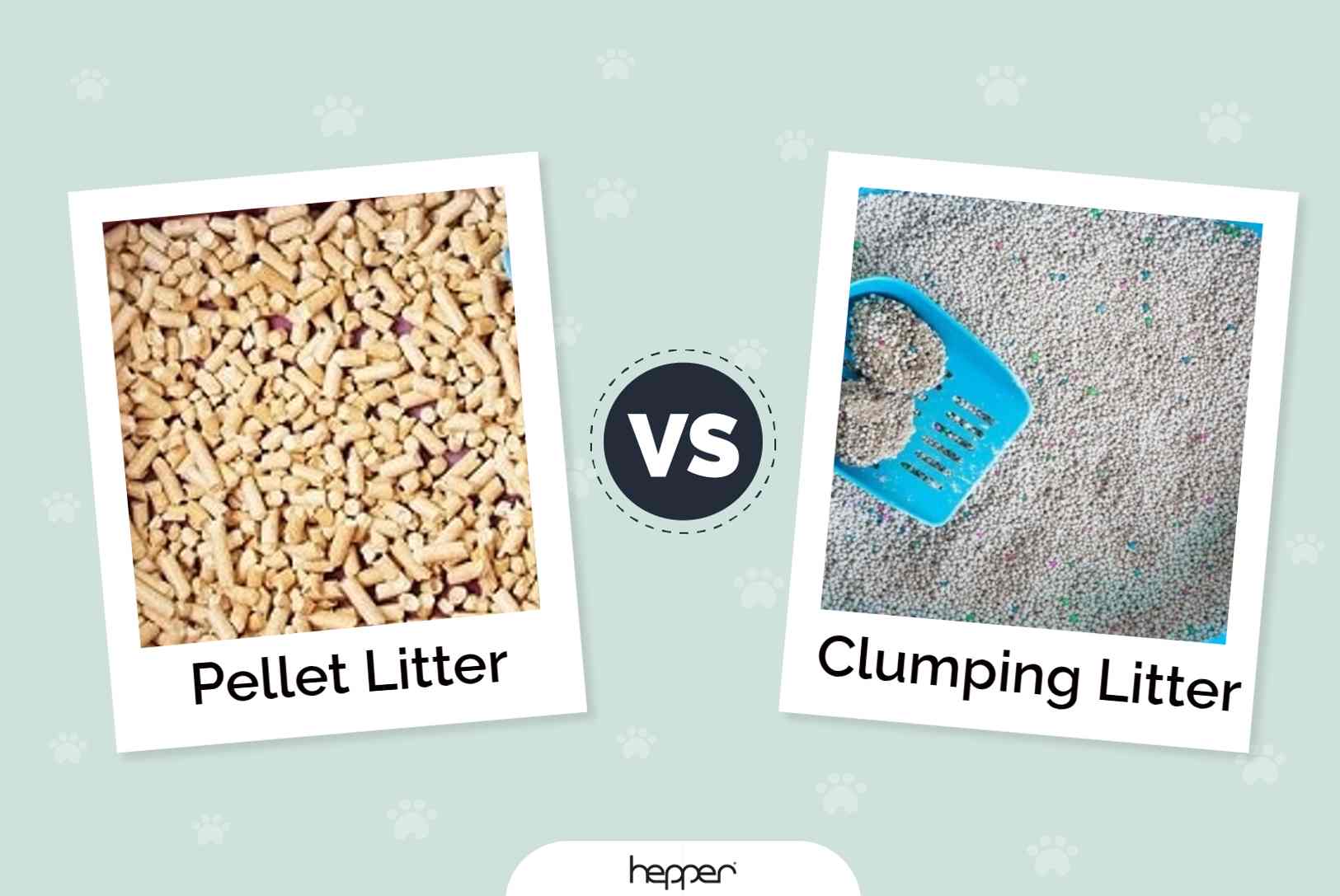
Being a pet parent can be a rewarding experience, but it also means taking care of your feline pal and cleaning their messes. No one wants to scoop or clean the cat litter box, but we cherish our adorable feline friends, so we bite the bullet and get the job done.
However, the litter you choose to use can be a bit confusing and overwhelming with all the options on the market today. In our experience of picking a litter brand for our furry friends, the best we’ve found is pellet litter and clumping litter. Of course, both have their pros and cons. If you’re wondering which of these litters is best for your cats, keep reading for our overview, pros, cons, and differences below.
Overview of Pellet Litter:
There is more than one type of pellet litter on the market today. Some are made of clay, some are made of corn or wheat, and others are made of recycled paper. If you’re choosing pellet litter, the important thing to remember is that you want one that is super absorbent. Some pellet litter brands also add odor control to their products.
Wood pellet cat litters are also popular and are mostly made of pine because it provides a pleasant natural scent. However, there are other types of wood that are also used. Pellet products are becoming increasingly popular, especially for eco-friendly pet parents, since they are good for the environment.
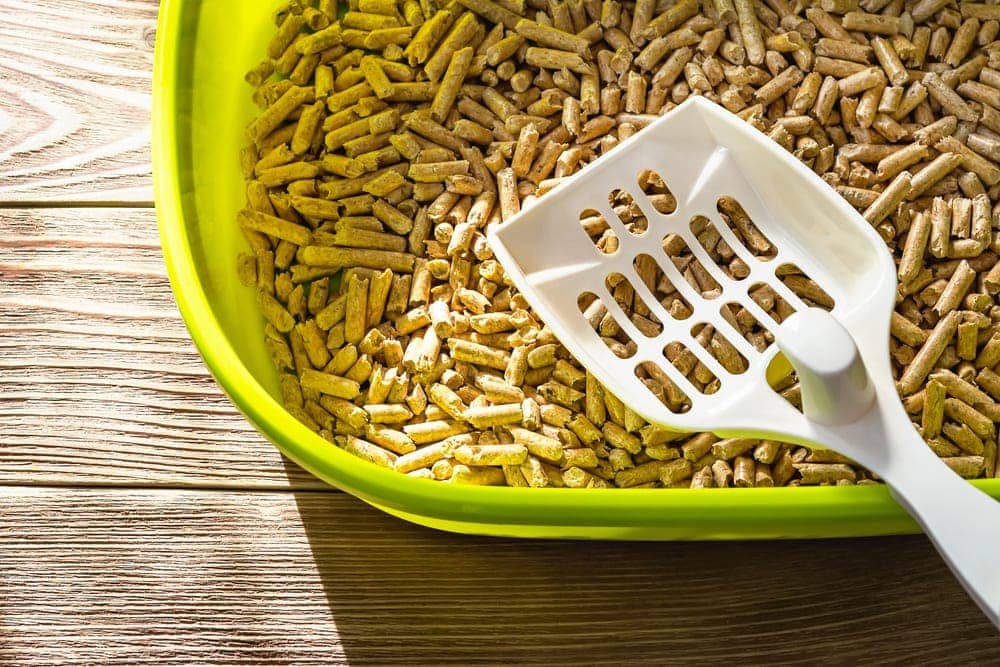
How Does It Work?
Wood pellets are super absorbent, making them perfect for cat litter. They absorb urine just as other cat litters do, but pellets are good for the environment and contain no chemicals or dust. Once the pellets absorb the urine, they become sawdust and sink to the bottom, leaving the fresh pellets on top.
However, pellet litter is not capable of absorbing solids. That means that cat feces will start to pile up on top of the pellets, but the fresh pine scent should help to mask it until you clean the litter.
How Do You Clean Pellet Litter?
If you’re using wood pellet litter, you should scoop it once a day and change the litter out completely every 2 weeks. First, ensure the urine-coated pellets sink to the bottom, then remove the solids.
Remember, if you have multiple cats, you’ll need to scoop and clean the litter box more often. You can also use deodorizers to keep the smell of cat urine and feces at bay.
How Do You Dispose of Pellet Litter?
It’s essential to safely dispose of any cat litter, as many types can be a danger to the environment. While pellet litter is eco-friendly and biodegradable, you must be careful when disposing of the cat feces. Cat feces contain bacteria that can cause toxoplasmosis in humans. If you compost, never compost wood pellet litter near vegetables and other edible plants; keep it in a separate pile far away from the things you eat.
Overall, pellet litter is a great option; it’s good for the environment, easy to dispose of, and contains no chemicals or dust to aggravate allergies or asthma. Some cats refuse to use the litter, and the material does not clump. More frequent cleaning may be required, and it will smell bad if you don’t take care of cleaning it properly.
- Good for the environment
- Ease to dispose of
- No dust
- Contains no chemicals
- Some cats refuse to use
- No clumping
- More frequent cleaning required
- Smells bad if not done properly

Overview of Clumping Litter:
Clumping litter today differs from the traditional cat litter made of clay. Instead, it’s made up of smaller particles of several types of clay that cause them to clump together. This makes it easier for the cat owner to scoop out some of the used litter without changing the entire litter box.
This type of litter isn’t naturally scented. You can purchase clumping litter in unscented or scented varieties, but even they can leave an unpleasant odor in your home. The scented versions usually include chemical fragrances, and clumping litter contains quite a bit of dust, which could trigger allergies and asthma attacks.
Clumping litter is more affordable than pellet litter, and if you are working with a limited budget, it could be your best choice. Most felines seem to like the clumping litter, as it’s close to what they would use if they lived outside. Clumping litter isn’t environmentally friendly, it sticks to a cat’s paws, and it can be tracked throughout your house.
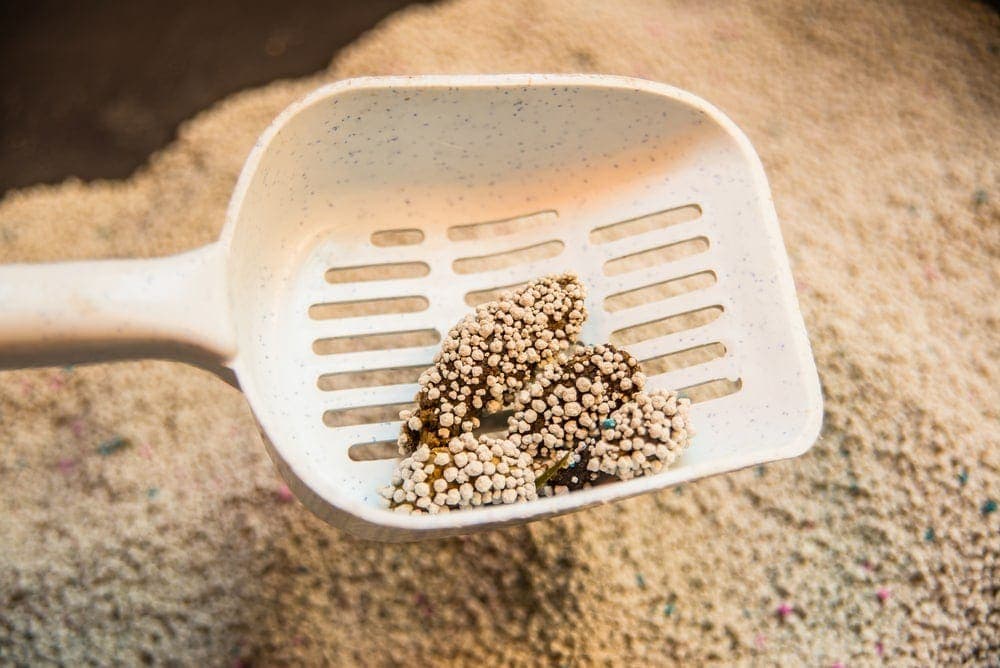
How Does Clumping Litter Work?
Clumping litter is mostly bentonite clay broken down into smaller particles. When your cat uses the litter box, its urine mixes with the clay and causes the litter to clump. This is an extremely popular litter because it’s easy to use and simple to scoop and clean.
You don’t have to have a special litter box or scoop for this litter to work, making it affordable as well.
How to Clean Clumping Litter?
You can change clumping litter pretty much in the same way you do pellet litter. The most significant difference is that clumping litter doesn’t settle at the bottom of the box like pellet litter does after it turns to sawdust. You should scoop your clumping litter daily if you have more than one cat. If you only have one feline, you might get away with it every other day, but that depends on how often your cat uses the litter box.
Clean and replace the litter in your cat’s box every 2 weeks or more often if you have more than one cat. Clean the container with warm water and soap, then add fresh litter for the best results.
How Do You Dispose of Clumping Litter?
Clumping litter has chemicals in it, meaning you shouldn’t flush it or compost it since it could hurt the environment. With this litter, it’s best to put it in a trash bag, tie the bag up, and then toss it with the rest of your trash.
- Affordable
- Has very little odor
- Easy to scoop
- Cats tend to like this litter
- Dusty
- Contains chemicals
- Not environmentally friendly
- Tracks through the house too easily
Things to Consider When Purchasing Cat Litter
You’ll want to consider a few factors when deciding which cat litter is the best option for your home and your cat.
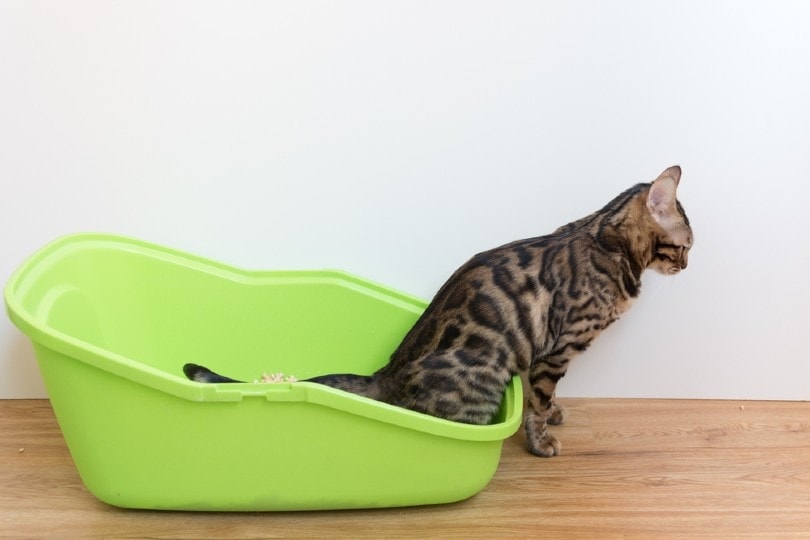
Price
The first thing you should do is compare the prices of the two litters. Regarding price, clumping litter seems to be a bit more budget-friendly than pellet litter. You should determine the quality of the litter as well. While you may be on a budget, you’ll want to choose a brand that gives you the most bang for your buck. Remember, you get what you pay for, so a lower price could also mean a lower-quality product.
Safety Considerations
One of the most important things to consider when it comes to choosing the right cat litter is the safety of the litter itself. While clumping litter is convenient and easier to scoop, it also contains chemicals and dust that pellet litter doesn’t. Clumping litter is also not eco-friendly.
You also need to consider the dangers of toxoplasmosis to humans. Since your cat can’t clean its litter box, it’s up to you to keep it clean. If you’re pregnant, it can become a hazard for you to clean the litter box, so it’s best to avoid the litter altogether.
Even if you’re not pregnant, there’s still the possibility of the dust from the litter causing allergies and asthma issues. So, if you have allergies or sensitivities affecting your respiratory system, it’s best to go with pellet litter instead.
Conclusion
When choosing the best cat litter for your feline pal, you might have wondered which is better for your cat and your household: pellet litter or clumping litter. We’ve given you the pros and cons and what we think is the best choice.
If you have allergies, asthma, or are eco-friendly, pellet litter might be the best choice. However, clumping litter will do just fine if you’re looking for convenience and a better price point.
Featured Image Credit: Left: Corn Litter (Yuliya Alekseeva, shutterstock) Right: Clumping Litter (Karnstocks, Shutterstock)

